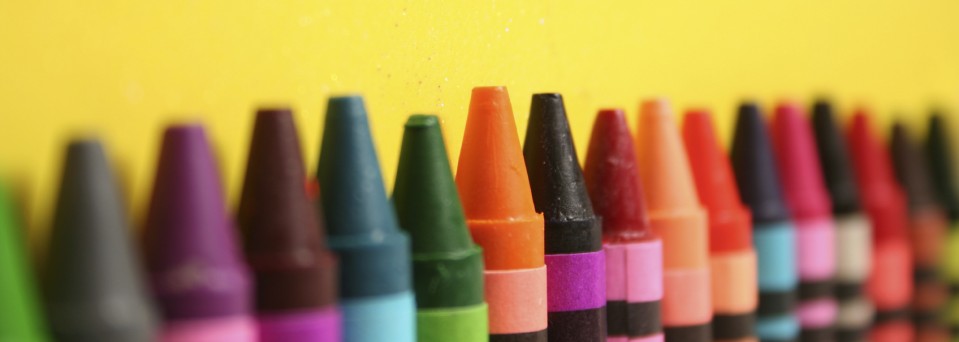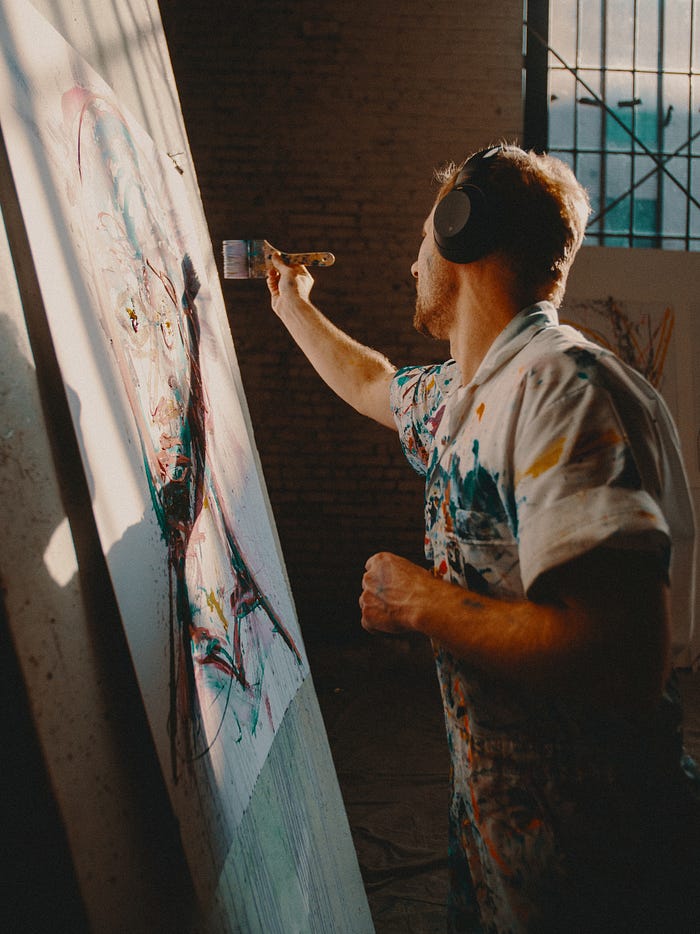Seems like I’ve run across a number of articles over the past month or so dealing with a variety of topics in the realm of creativity. This posting is no different, and, yet, it is, uh, different. While many may find it difficult to define what creativity is, many will no doubt have an easy time knowing about curiosity. While everyone is curious, not everyone sees themselves as creative. Well, maybe this post will alter your perspective.
An article I recently came across by Helge Tennø discusses what happens at the intersection of creativity and curiosity, and what doesn’t happen.
He states the reason we struggle to come up with original ideas is not for a lack of creativity but a lack of curiosity.
“Every year we go into the same room with the same information and the same questions .. what do you think happens? Every year we come out with the same ideas” — frustrated workshop facilitator.
Creativity is limited to what we already know, it is only the re-combination of available information and experience. Creativity is not magic, it doesn’t produce ideas out of thin air.
In addition, most competitors think the same way, because they use the same methods and the same questions to find the same insights.
Outperforming your competition is not as much about who is the most creative or who has the deepest data. It’s as much about who can see something nobody else can.
Currently the trend is to apply a lot of data to buy our way out of this problem. Hoping that the machine will magically see connections our human brains can’t.
But machines are only reflections of our own values, ideas and biases. If we are staring down one rabbit hole the machine will only help us dig deeper.
We should therefore redesign our creative workshops. From combining information into ideas, to exploring questions we need to ask and information we don’t have.
There is a simple way to unlock this behavior: just ask “what has to be true for x to be true”, where x is your strategy, an existing product, something you are already doing .. anything.
One of the most productive ways to learn something new is experimentation.
The purpose of an experiment is not to confirm that you are correct (sometimes it is), but it should most often be used to surprise you.
To help you learn something that you didn’t know two minutes prior.
And the way to do that is to reduce the cost of an experiment to almost zero (because if experiments are expensive the organization will more likely prioritize experiments confirming their existing knowledge).
“The real measure of success is the number of experiments that can be crowded into 24 hours.” — Thomas Alva Edison
With cheap and fast experiments the company can explore hypotheses and assumptions they never tested before, learn new things, capture new insights, venture into new areas.
With their new learnings they can combine both information they never had before with questions they never asked before.
“Researchers suggest it is uncertainty, or when you think you know something then discover you don’t, that leads to curiosity and learning outcomes.” — Celeste Kidd, assistant professor of psychology at UC Berkeley.
In short:
We only know what we know, and we know very little. (But we know a lot more than we think we do.)
We need to shift our focus from creativity to insights and questions. And experimentation is a low hanging fruit and one of the fastest tracks we can use to get us there.
Recommended places to start your experimentation journey:
(4). Experimentation works, Stefan H. Thomke
(5). How managers can build a culture of experimentation, Frank V. Cespedes and Neil Hoyne
(7). Get Comfortable Breaking Your Product, Rik Higham
While I agree with most of what the author states, creativity should always embrace insights and questions. Creativity is not borne out of thin air but rather from the insights and experiences we have within us. Curiosity can definitely spur on creativity and vice versa.
Hopefully making a ruckus, one blog post at a time!
Be sure to check out my other blog, Joe’s Journey, for personal insights on life and its detours.
And, check out creative selections from my website.
Jolan tru!






